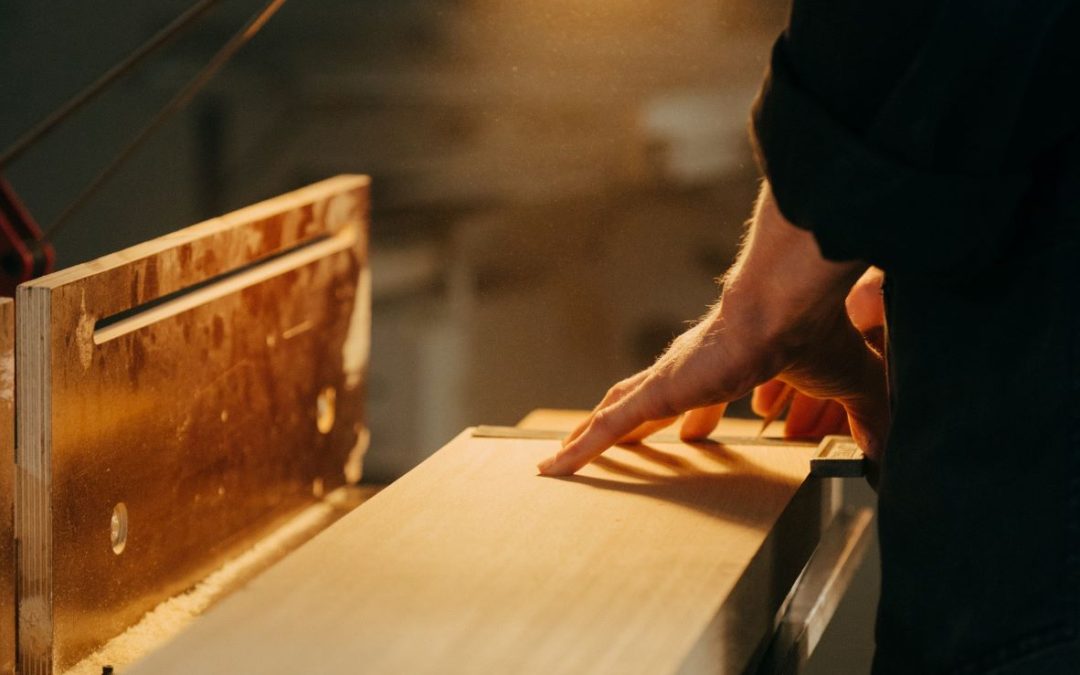Photo by cottonbro
The craftsmanship of woodworking has been a long-standing tradition used for millennia, particularly in ancient China and Egypt. These joinery methods are still practiced up to the present time.
The challenge of building or creating wooden structures is joining these pieces together and ensuring durability. A wood joint is a traditional method of putting two wooden pieces altogether. Adhesives may be an excellent way to merge these pieces of wood, but a wood joint is reliable and a proven design practice that stood the test of time.
The various configuration makes this process all the more difficult to accomplish without the right expertise. There are wood joineries that involve fasteners like nails and screws to hold the pieces together. Because common styles have wide varieties, any woodworker can explore creative ways to combine furniture, flooring, and other wooden builds.
Let’s dive into the five common types of wood joints you need to be familiar with.
1 – Butt Joint
The butt joint is formed with two wooden pieces sitting side by side. The timber board’s end is called the “butt,” and this part is joined adjacent to the butt of the other wooden piece. They’re two ends together placed at a right angle, creating a corner. However, the butt joint doesn’t work on its own. Fasteners like nails and screws are needed to hold this joint together. This method is usually applied to walls or attic framing.
2 – Mitered Butt (Miter Joint)
This method shows two butts of the wood piece cut at a certain angle. The corner’s strength is emphasized in this method, making it advantageous since it hides the end grain and makes the work smoother. The purpose of this joinery is mostly for trimming and moldings. Due to its minimal strength, it cannot hold significant fittings, even furniture. If necessary, the miter joint may be strengthened by nails.
3 – Dovetail Joint
The dovetail joint is an excellent durable method commonly applied in furniture, cabinetry, timber structures, and traditional framing. The tensile strength of this joint type is the best because of how its notches are shaped. Additionally, it’s one of the oldest joineries and has one of the strongest holds, so the dovetail joint doesn’t need fasteners. This joinery has evidence of its historical roots, found in ancient Egyptian and Chinese artifacts.
4 – Dowel Wood Joint
The dowel joint is one of the simplest since it only needs dowel rods and a drill. By screwing holes into the board, these dowels can hold two pieces of wood together, which is why it’s commonly found in affordable DIY furniture kits. It’s also applied to shelving and wooden frames. Durability is an issue with this joint, so it’s not applicable in furniture and other heavy-duty woodworking. Even so, it can tolerate specific amounts of weight as long as the dowel is thick enough. Just ensure that the dowel is inserted deep enough as well.
5 – Tongue and Groove Joint
An end-to-end or side-to-side joinery is one of the impossible ways to join wood, which is why woodworkers created the tongue and groove to make the joinery stable, despite the panels’ thinness. It’s commonly found in hardwood, laminates, and engineered wood flooring types. A tongue is carved on a piece of wood, while it snugly fits into the other part of the wood with the fitted slot.
6 – Dado Wood Joint
A three-sided channel is cut across the wood grain wide enough to slide and fit in another piece. This joinery is suitable for modular components. Hence it’s commonly used in shelves, cabinets, and drawers. The good thing about the dado joint is its adjustability, allowing more room for grooves that will vary the height of drawers and shelves.
Choosing the Right Type of Joint
If you go to a woodworker for a piece of custom furniture in Orange County, you still need to know the types of wood joinery that will match the made-to-order furniture you need. The best action to take is to ask your woodworker to make the envisioned project more evident.
You can also request sample testing by using scraps or leftover pieces of wood that the woodworker can use to make the joinery. If your concern is aesthetic and structural integrity, that is the best thing to do. Many woodworkers have used more than a dozen wood joineries since ancient times, but few are utilized for custom-specific situations.


Recent Comments